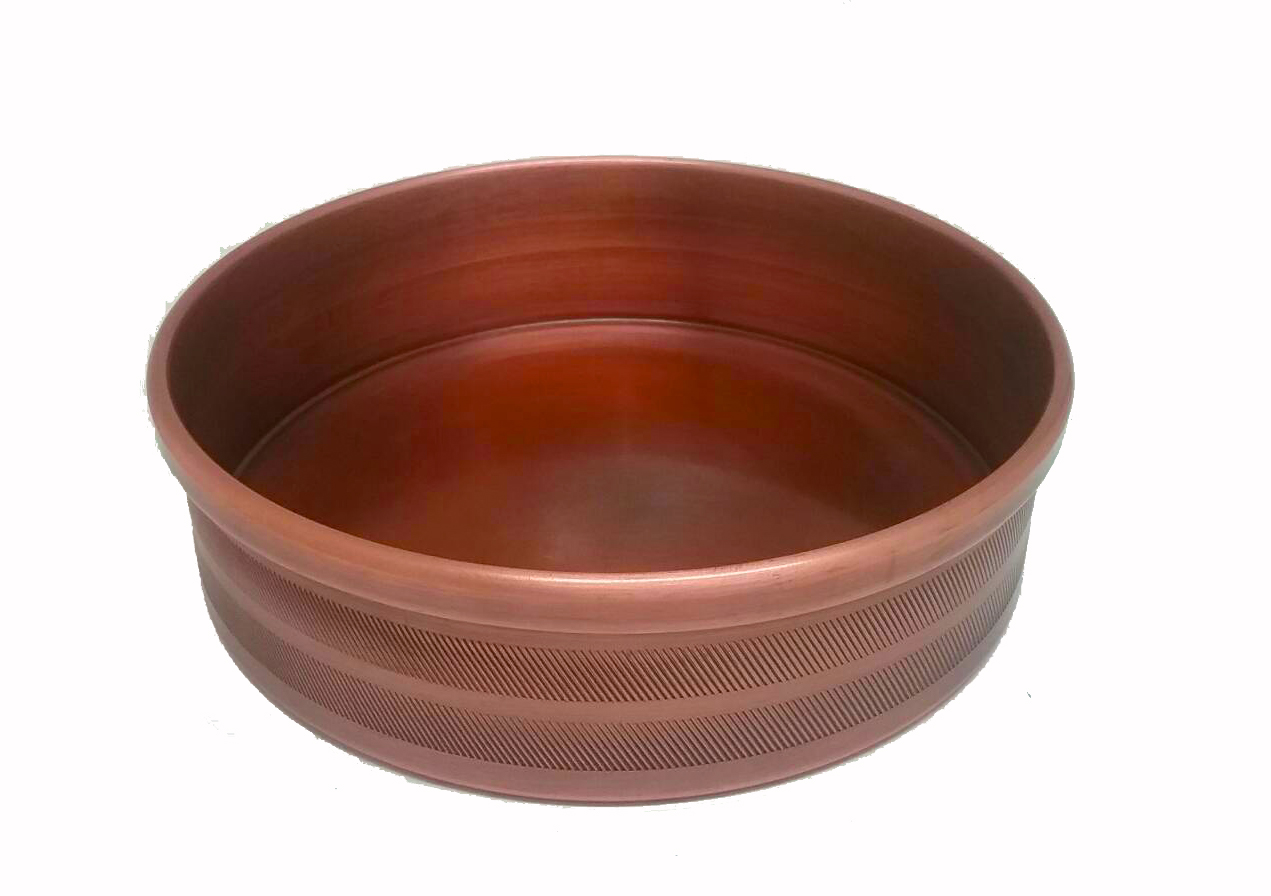|
|
|
Wholesalers: |

|
/ |
|
|
|
|
|
|
|
|
| "If youre respectful by habit, constantly honoring the worthy, four things increase: long life, beauty, happiness, strength." --Shakyamuni Buddha ( 563-483 B.C.) |
|
|
|
|
|
|
|
|
|
|
|
|
|
|
|
|
|
|
|
| Hand Mandala (Purple Copper) |
|
|
|
|
|
Sku#:3127
|
|
《In order to view the wholesale price .
Please Apply to be a wholesalers》
|
|
|
|
|
 |
|
Please contact us to verify availability. 1-626-354-6228
Email: zambalallc@gmail.com
America area customers can view on this website first.
https://FlyingMystics.org/ |
|
|
|
|
|
|
Material: Red copper
Size: 13.5 cm in diameter, 3.5 cm in height
Narrative:
The Mandala Plate is an important offering vessel in Tibetan Buddhism. Its origin and story are full of profound religious significance and cultural background.
**The Origin of Mandala Plate**
The name of the mandala plate comes from the Sanskrit word "Mandala", which means "mandala" or "perfection". Originally, the concept of Mandala originated from Indian Tantric practitioners, who used sand, rice, flowers and other materials to draw mandala patterns on the ground as the basis and support for their practice. As Tantric Buddhism was introduced into Tibet, the form of the Mandala plate gradually evolved into a three-dimensional tower shape, and was made of metal, jewelry and other materials to increase its beauty and solemnity.
**The Story of the Mandala Plate**
The mandala disk symbolizes the center and edge of the universe, representing Mount Sumeru, the four continents, the sun and the moon and other elements. Master Tsongkhapa (1357-1419) once used stone slabs as mandala plates for offerings. Later, he gradually developed mandala plates made of gold, silver, copper and other materials, and inlaid them with jewels and jade as decorations.
**How to use the Mandala Plate**
The Mandala plate is usually composed of multiple layers of tower boxes and spiral tops. Each layer of the tower box is hollow and can be filled with offerings such as gold, silver, gems, and grain. When performing the ritual, practitioners chant mantras while scattering offerings into the mandala plate, stacking them layer by layer to the top of the conch, symbolizing the wish for good fortune and happiness.
The Mandala plate is not only a tool for offering to the Buddhas and Bodhisattvas, but also a way for practitioners to accumulate wisdom and merit. Its use and visualization rituals can help practitioners dispel impurities and evil spirits and protect the inner sacred space.

|
|
|
 |
|
|
|
|
|
|
|
|
|
|
|
|
|
|
|
|
© 2025 Zambala inc. All Rights Reserved. No part of this site may be reproduced without our written Permission.
Service Mail: ZambalaLLC@gmail.com
Phone: (626) 289-9787 or 1(888)Zambala (926-2252)
Fax: (626) 289-9719
1904 West Valley Blvd. Alahambra, CA 91803 USA
Unless stated otherwise in content's license. Design By
|
|
|